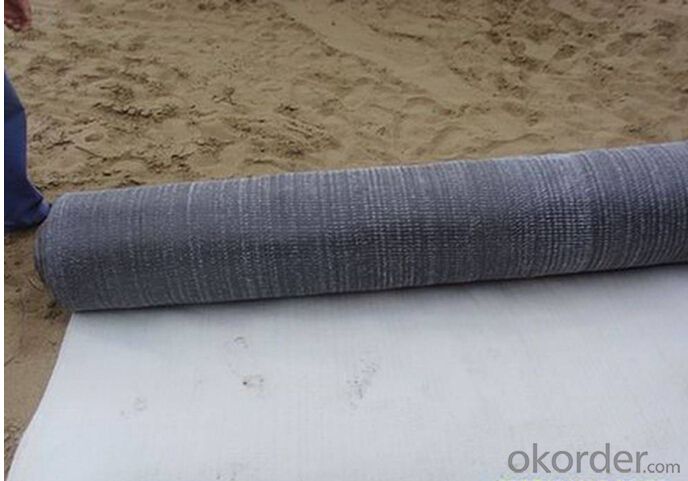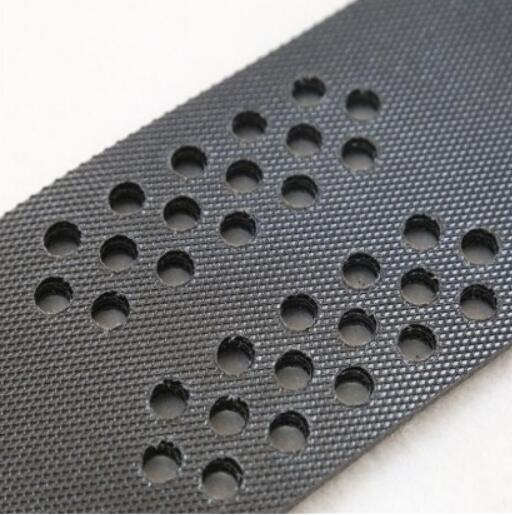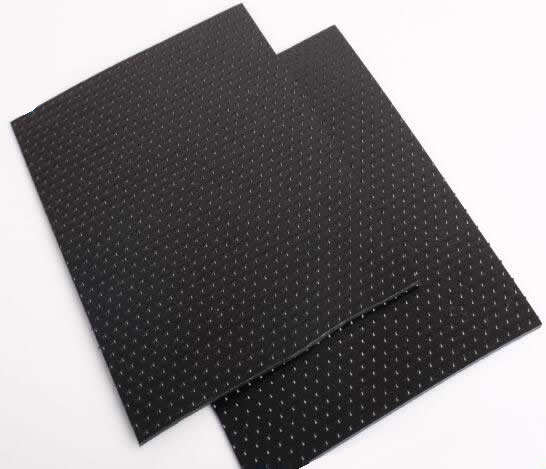- Understanding the Role of Geomembrane Liners in Waste Management
- Innovations in Geomembrane Liners for Water Management
- Geomembrane Liners: A Comprehensive Guide
- The Future of Geomembrane Liners in Civil Engineering
- Geomembrane Liners: Enhancing Landfill Stability
Manager:
WhatsApp:+86 177 0135 2670
Tel:+86 177 0135 2670
Email:marketing@okorder.com
Address:3rd Floor, No.2 Building, No.1 Sanlihe Road
The Use of Geomembrane Liners in the Construction of Industrial Chemical Lagoons
When it comes to industrial chemical lagoons, the construction process is a delicate balance of safety, efficiency, and environmental responsibility. One of the key components in this process is the use of geomembrane liners. These versatile materials offer a range of benefits that make them an essential part of any chemical lagoon construction project.

The Importance of a Reliable Liner
Imagine a scenario where a chemical lagoon is not properly lined. The consequences can be disastrous, leading to chemical leaks that can contaminate the surrounding environment and pose a threat to public health. This is where geomembranes come into play, acting as a barrier between the lagoon and the environment, ensuring that no harmful substances escape.
A Material That Stands Out
Geomembrane liners are made from high-density polyethylene (HDPE) or other durable polymers. These materials are chosen for their exceptional resistance to chemicals, UV radiation, and temperature fluctuations. They are also praised for their flexibility, which allows them to conform to the shape of the lagoon, providing a snug fit that minimizes the risk of leaks.
Seamless Integration for Maximum Protection
The installation process of geomembrane liners is designed to be as seamless as possible. Welding techniques are used to join the sheets together, creating a single, unified barrier. This eliminates the need for seams or joints that could potentially become weak points in the liner system.
A Closer Look at the Installation Process
The installation of a geomembrane liner is a meticulous process that requires careful planning and execution. It starts with the preparation of the subgrade, ensuring that the surface is smooth and free of any debris that could puncture or damage the liner. Once the subgrade is ready, the geomembrane is carefully unrolled and positioned over the lagoon. The team then moves on to the welding process, where each sheet is joined together with precision.
The Role of Geomembrane in Environmental Protection
Beyond just containing chemicals, geomembranes also play a crucial role in environmental protection. They prevent the leaching of harmful substances into the soil and groundwater, thus protecting ecosystems and the communities that rely on them. This is particularly important in areas where chemical lagoons are used for waste storage or treatment.
Maintenance and Longevity
One of the appealing aspects of using geomembrane liners is their low maintenance requirements. They are designed to last for many years, reducing the need for frequent replacements and minimizing the environmental impact of disposal. Regular inspections and monitoring can help ensure that the liner remains in good condition and continues to provide the necessary protection.
The Future of Geomembrane Liners
As technology advances, so does the development of geomembrane materials. We can expect to see improvements in durability, flexibility, and resistance to environmental factors. This will further enhance the effectiveness of geomembrane liners in the construction of industrial chemical lagoons, ensuring that they continue to be a reliable and sustainable solution for years to come.
Personal Touch: A Commitment to Safety and the Environment
In conclusion, the use of geomembrane liners in the construction of industrial chemical lagoons is more than just a technical requirement. It's a commitment to safety, efficiency, and environmental stewardship. By choosing to use these liners, we are taking a stand against environmental harm and advocating for a cleaner, safer future for all.
- Previous:The Evolution of HDPE Geomembranes in Modern Engineering
- Next:Geomembrane Liners: A Solution for the Containment of Industrial Chemical Runoff
-
2024-12-05Geomembrane Liners: A Comprehensive Guide






